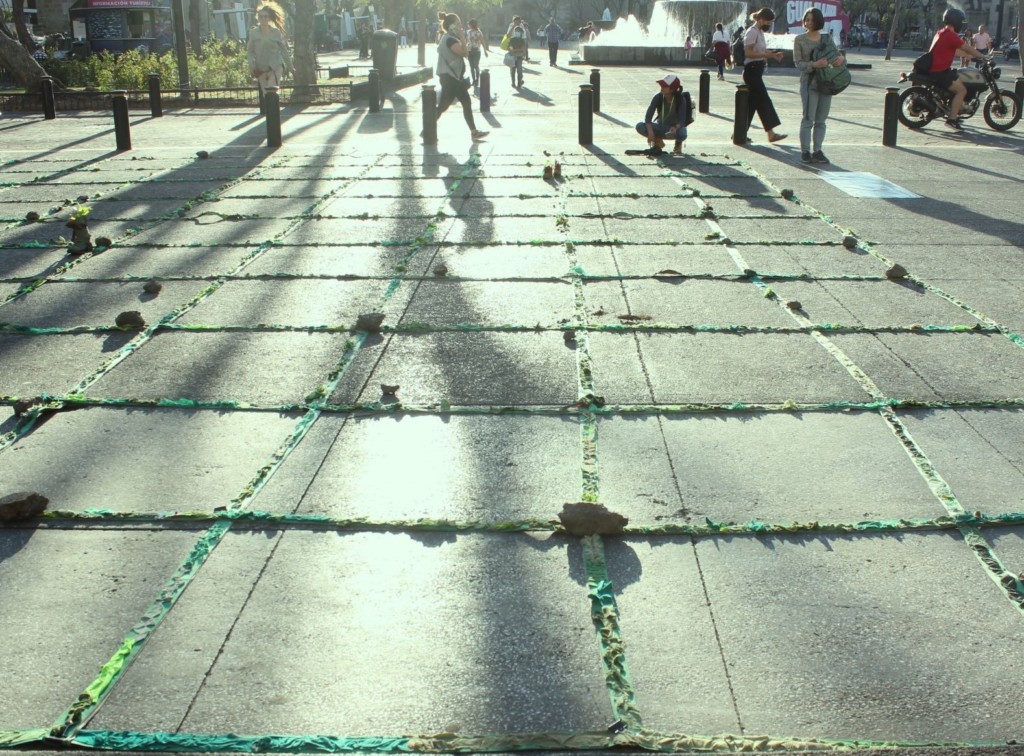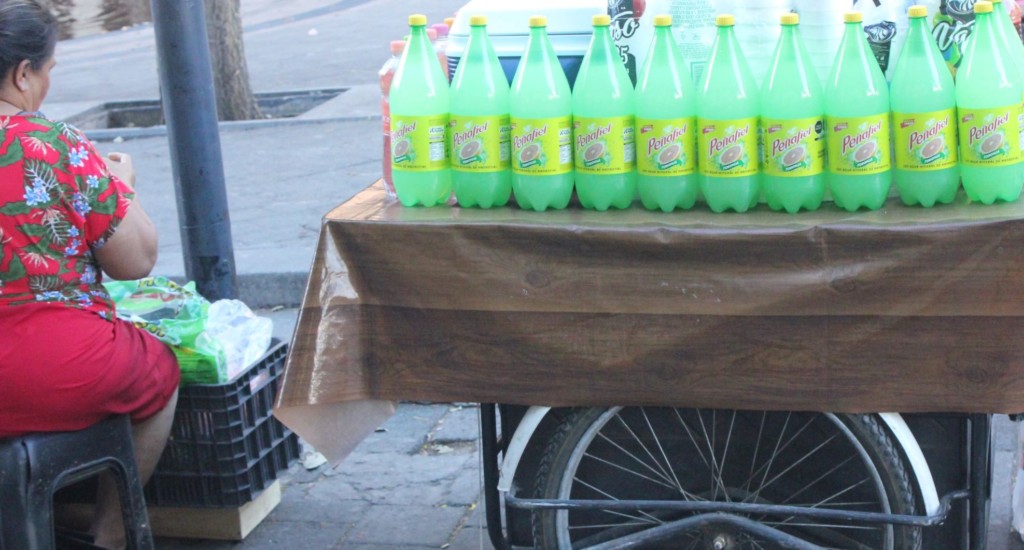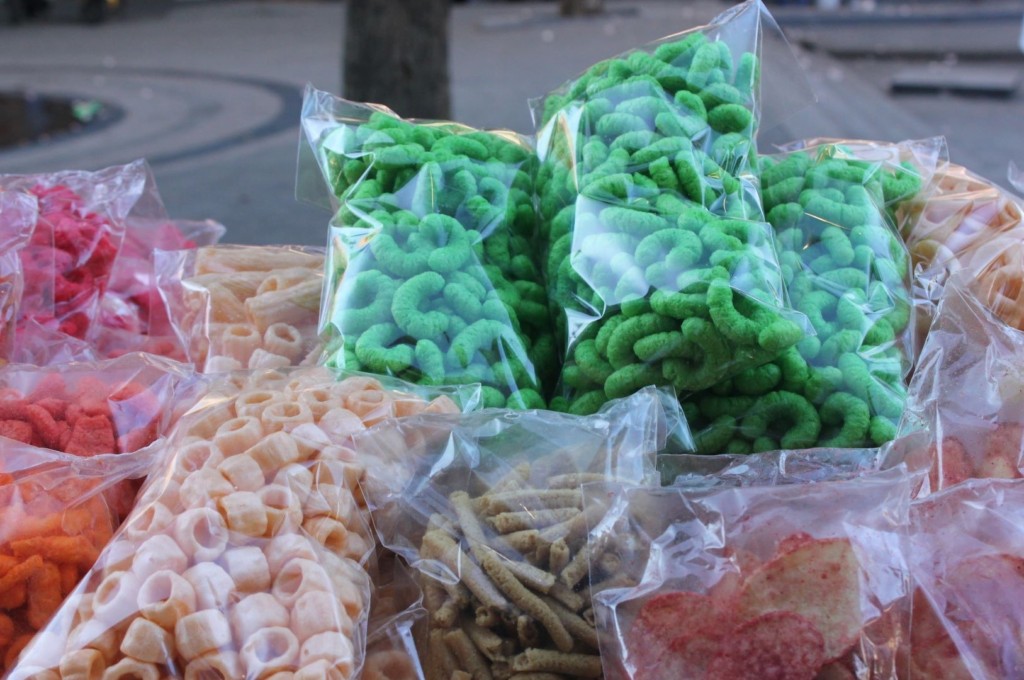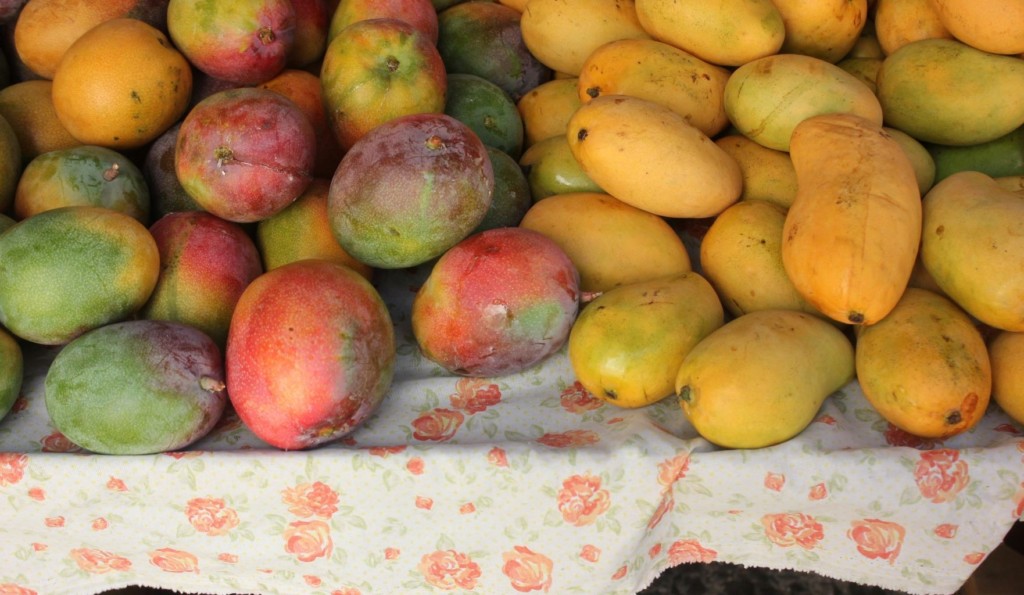
Sun-bleached graffiti, chipped concrete structures, dirtied colonial dregs, grass transformed to the muted colour of hay; the city succumbs to the overhead sun.
An ode to a prevailing colour in Guadalajara
By CJ Sommerfeld, Production Assistant
Guadalajara is the colour of televisions lacking a signal and outfitted in an SMPTE colour bar. Squeezed into every crevasse exists different sun-bleached hues of what used to be quasi-neon shades of pinks, yellows, and greens—remnants of the same colours denoted as television test patterns. The city is full of polychromatic corners most will never notice and wooden tejuino beverage carts whose peeling paint many will never give more than a passing glance. Sun-bleached graffiti, chipped concrete structures, dirtied colonial dregs, grass transformed to the muted colour of hay; the city succumbs to the overhead sun.

Photos by CJ Sommerfeld 
Photos by CJ Sommerfeld 
Photos by CJ Sommerfeld 
Photos by CJ Sommerfeld 
Photos by CJ Sommerfeld 
Photos by CJ Sommerfeld 
Photos by CJ Sommerfeld
Green, however, remains alive in the brittle leaves of the eucalyptus tree. In the prickly nopales that speckle empty lots and surround an Our Lady Guadalupe statue. In the deep-fried street snacks and the unripe mangos, sourer than you could ever imagine. The 70s’ Ford Maverick, stagnant and tarnished. In the bottles of grapefruit Peñafiel, ready to be made into salty Rusas.
In the art installation which begs the city for more green spaces; a grid of fabrics, 20 feet x 20 feet meant to emulate natural vegetation. A small tag attached to one of the strands of fabric reads, “This art installation was created for you to question the lack of green spaces in our city. We propose that you test and observe your body while walking through this web: does something happen within yourself? What would happen if nature reclaimed these spaces?”



